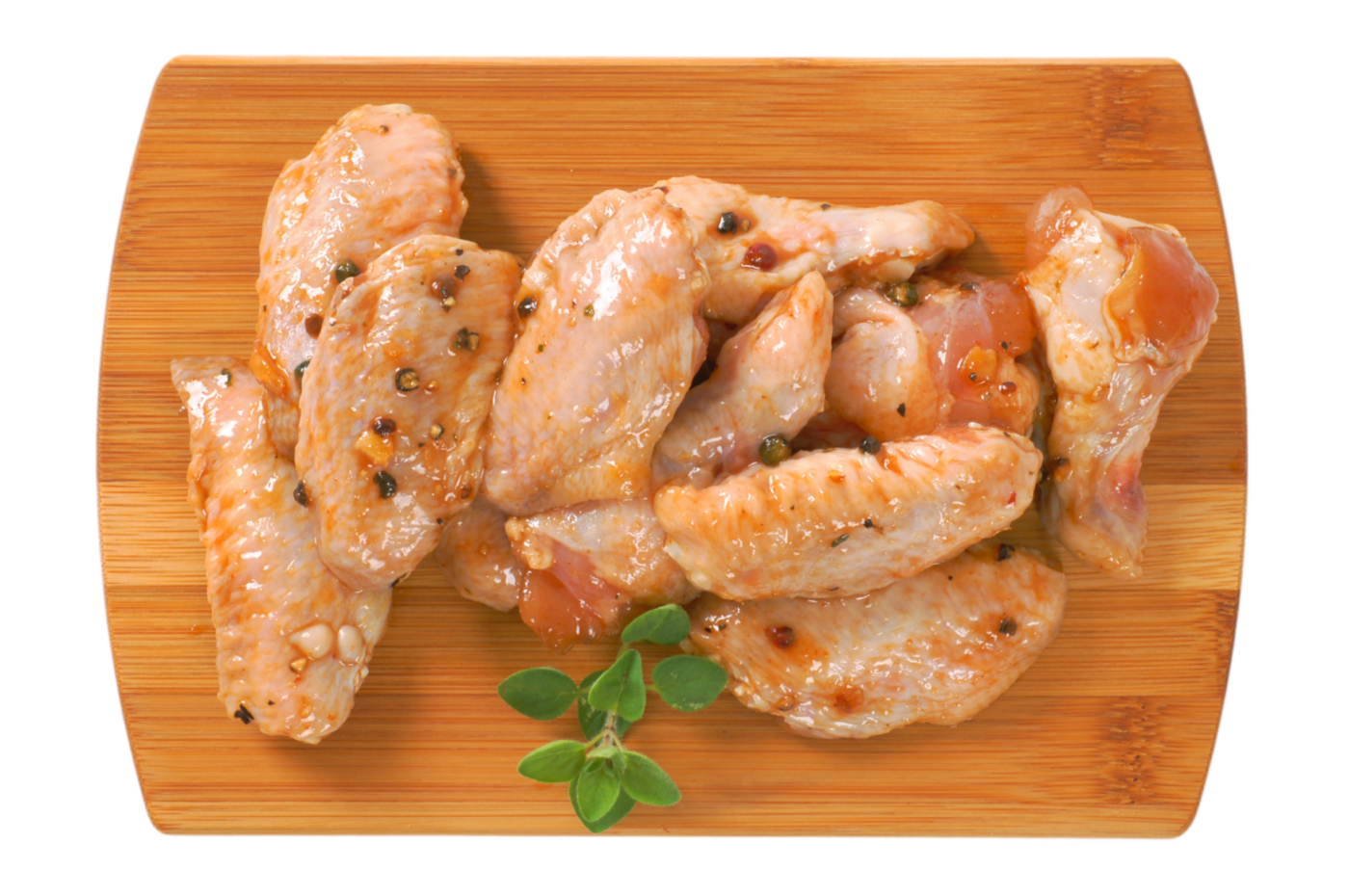Read More: Culinary History of Chicken Mid-joint Wings Wingette
From Byproduct to Bar Snack Staples
The story of the wingette, like that of the entire wing, begins with a less glamorous reality. Before the 1960s, chicken wings were generally considered undesirable. They contained less meat than other parts of the bird and were often perceived as more work than they were worth. This was the era of the whole roasted chicken, a symbol of post-war prosperity and suburban bliss. Wings were either discarded, used for broth, or found their way into ethnic dishes where resourceful cooks had long recognized their potential.
African-American communities, for example, have a rich tradition of using less desirable cuts of meat and transforming them into flavorful masterpieces. “Chicken scratch” or “chicken backs,” which included wings, were often deep-fried or stewed, showcasing the inherent deliciousness of these overlooked parts. Similarly, Chinese cuisine has long utilized chicken wings in dishes like braised wings and soy sauce chicken, highlighting the way flavors penetrate the bone and create a unique succulence.
The Rise of the Buffalo Wing: A Catalyst for Change
The Buffalo wing, with its spicy, buttery sauce, is often cited as the catalyst for the wing’s ascent to culinary stardom. While the precise origins are shrouded in local lore, the generally accepted story credits Teressa Bellissimo of the Anchor Bar in Buffalo, New York, with inventing the dish in 1964. Facing a late-night crowd and a surplus of chicken wings, she deep-fried them, tossed them in a hot sauce mixture, and served them with blue cheese dressing and celery – a winning combination that quickly caught fire.
The success of the Buffalo wing proved that these once-maligned pieces of poultry could be transformed into something truly craveable. It also coincided with other significant societal shifts:
- The rise of fast food: Chains like Kentucky Fried Chicken were gaining popularity, making chicken more readily available and affordable.
- Increased television viewing: Sports, particularly football, became more popular, creating a demand for easy-to-eat, flavorful food to enjoy during games.
- Changing gender roles: As more women entered the workforce, there was less time for elaborate home cooking, leading to an increased reliance on convenient food options.
The Wingette Takes Flight
As wings became more popular, it wasn’t just the whole wing that benefited. The wingette, with its greater surface area to volume ratio compared to the drumette, offered a crispier skin-to-meat experience. Its flatter shape made it easier to cook evenly and dip into sauces. Bar owners and restaurateurs began to appreciate these qualities, recognizing the wingette’s appeal to customers.
The growing demand for wings, including wingettes, led to significant changes in the poultry industry. Breeders began focusing on producing larger, meatier chickens, and processing plants developed more efficient ways to separate and package wings. What was once a low-value byproduct became a highly sought-after commodity, driving up prices and even leading to occasional wing shortages.
A Global Phenomenon
The popularity of the wingette, like that of the wing in general, extended far beyond American shores. Inspired by the Buffalo wing’s success, chefs and entrepreneurs around the world began experimenting with different flavors and cooking techniques, incorporating local spices, sauces, and culinary traditions.
In South Korea, for example, Korean fried chicken, characterized by its incredibly crispy skin and sweet, spicy, or savory glazes, became a national obsession, with wings, including wingettes, featuring prominently. In Japan, tebasaki, seasoned and deep-fried chicken wings, are a popular izakaya (pub) snack. These global variations demonstrate the wingette’s versatility and ability to adapt to diverse palates.
The Wingette Today: A Culinary Canvas
Today, the wingette is a mainstay on menus, from sports bars and fast-food chains to upscale restaurants. It continues to be a canvas for culinary innovation, with chefs experimenting with dry rubs, marinades, and an endless array of sauces, from classic Buffalo and BBQ to globally inspired flavors like gochujang, harissa, and peri-peri.
The wingette’s journey is a testament to the power of culinary creativity and changing consumer tastes. It’s a story of how a once-unwanted piece of poultry became a beloved culinary staple, gracing tables from humble kitchens to high-end eateries. The next time you savor a perfectly cooked, flavor-packed wingette, take a moment to appreciate the rich and unexpected history behind this small but mighty piece of the chicken. It’s a reminder that even the most overlooked ingredients can have their moment in the culinary spotlight, proving that sometimes, all you need is a wing and a prayer – and maybe a delicious sauce – to achieve greatness.



Share
Click on the icons below to share "Title of the item to share"